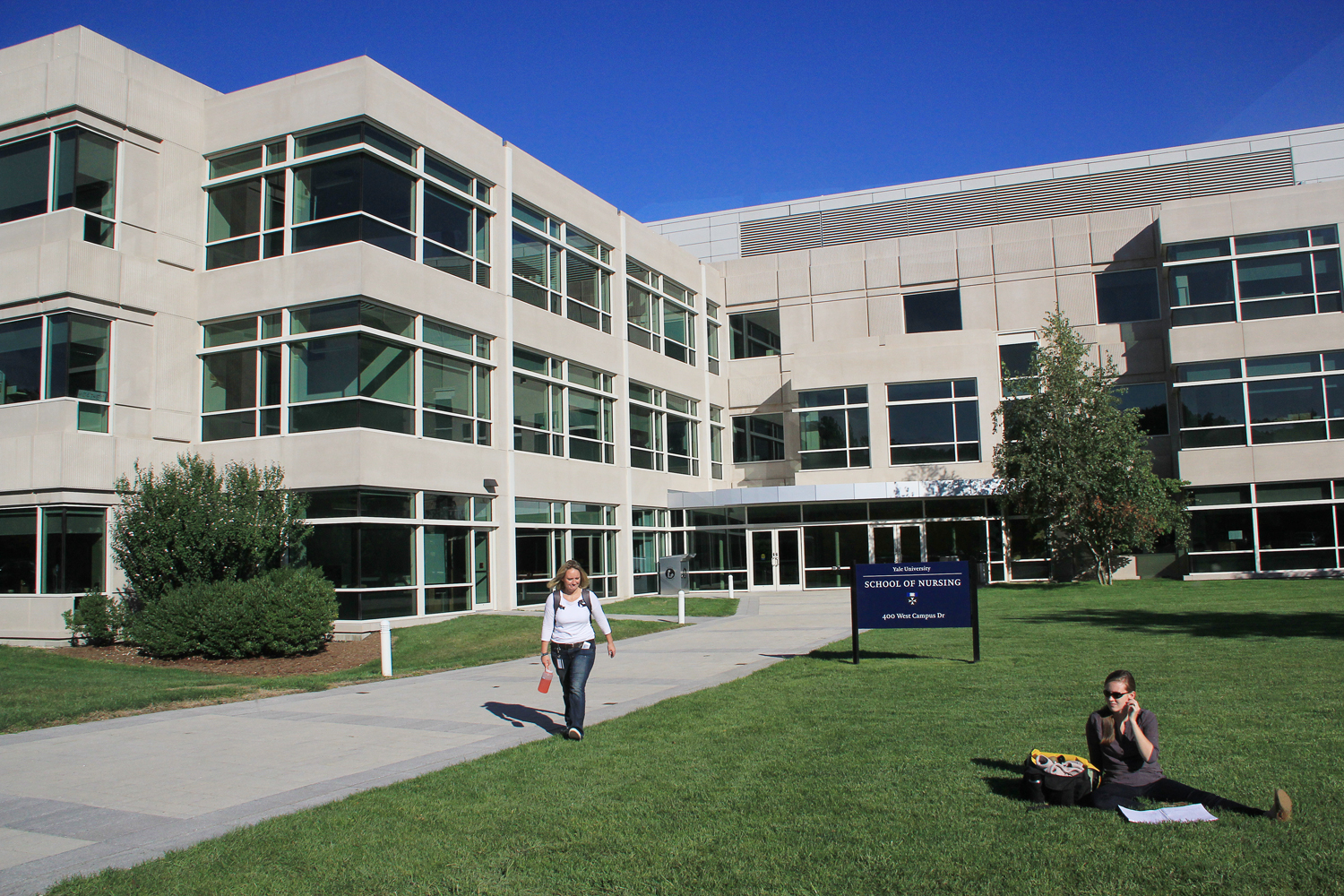
In 2007, the University took a chance with the purchase of 136 acres between West Haven and Orange now known as Yale’s West Campus. Ten years later, the campus has been transformed from a “science ghost town” to a research hub, housing seven interdisciplinary research institutes and employing approximately 1,500 students, faculty and staff.
“There are some people who are pioneers on the campus, who came when it was a ghost town and risked their careers to start this new enterprise,” Vice President for West Campus Planning and Program Development Scott Strobel said. “This is an opportunity at this juncture of 10 years to celebrate a bit about where we’ve gone and what we’ve accomplished but also recognize that there’s still more work to do.”
The West Campus administration recently launched two initiatives to commemorate the campus’ 10th anniversary. Under Strobel’s direction, West Campus Communications Director Jon Atherton launched @10, a series of interviews with various researchers designed to “tell more stories about people’s experience in the last many years of the evolution of the campus and their place in it,” Atherton said. To date, two such interviews have been published on the West Campus website.
There will also be a 10-year anniversary symposium held on Oct. 26 to gather the community and share discoveries from across the seven institutes — Energy Sciences, Systems Biology, Chemical Biology, Cancer Biology, Nanobiology, Microbial Sciences and the Institute for the Preservation of Cultural Heritage.
While former University President Richard Levin GRD ’74 described the acquisition at the time as “a once-in-a-century opportunity,” West Campus administrators faced an uphill challenge at the outset. First on their agenda was convincing scientists to be pioneers on the new campus.
Early West Campus faculty, such as Systems Biology Institute Director Andre Levchenko and Molecular, Cellular and Developmental Biology professor Farren Isaacs, acknowledged that there was an element of risk associated with coming to the campus so early on.
“Being someone who’s not afraid to take risks, I was willing to be basically one of the first people to take on a risk here at West Campus and help build the campus on all levels,” Isaacs said.
In exchange for the risk, however, administrators and researchers got to play what Strobel called “a game of urban paintball” in designing lab spaces and establishing the seven institutes.
Levchenko said he was able to work with the architects who designed the space so that the institute could provide a facility for not just research, but socializing and collaboration as well. Levchenko, who first began working at West Campus in 2013, said that while friends and colleagues saw the campus as “exciting but empty,” he saw it as a malleable place he could help define.
Atherton said he had visited the campus around seven years ago and had noticed it felt empty but that it could not be more different today.
“I think those early visits, when I came for conferences and events where the parking lots were empty and there weren’t many people here, in a very short space of time, a community has grown,” he said.
Both Strobel and Atherton emphasized that the most noticeable change in West Campus has been its growth through the hiring of faculty and researchers.
The growth in the campus has been exponential, Atherton said, adding that five years ago there were just 100 people and a handful of faculty compared to the more than 40 faculty currently.
Today, West Campus is at between 75 and 80 percent capacity for science and engineering hires, according to Strobel.
Another major change has been the Yale community’s attitude toward West Campus, Isaacs said. He added that when he arrived at the University in 2011, many faculty members were resistant to the investment, but that since then opinion has shifted.
And as outside support grew, members of West Campus now see themselves as an established part of the University.
“Despite the few miles down the highway, we’ve grown to feel very much a part of Yale,” Atherton said.
Strobel said the next step for the campus is to fill the remaining faculty vacancies and then begin a steady period of maintenance. He added that the campus recently completed and unveiled a Krios electron microscope that they plan to use for a variety of institutional research.
Other staff expressed optimism about the future of the campus.
“What am I looking forward to? Continued growth and one day to outgrow the capacity of the current buildings and to start building new buildings here, to grow even bigger and better,” Isaacs said.
Yale purchased West Campus from Bayer HealthCare for $109 million.







